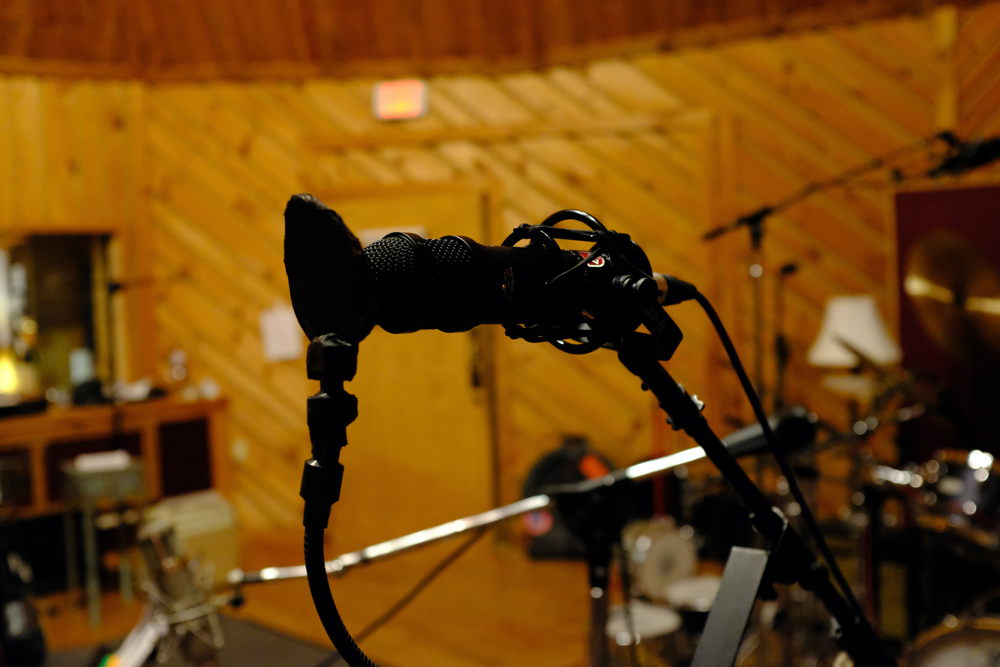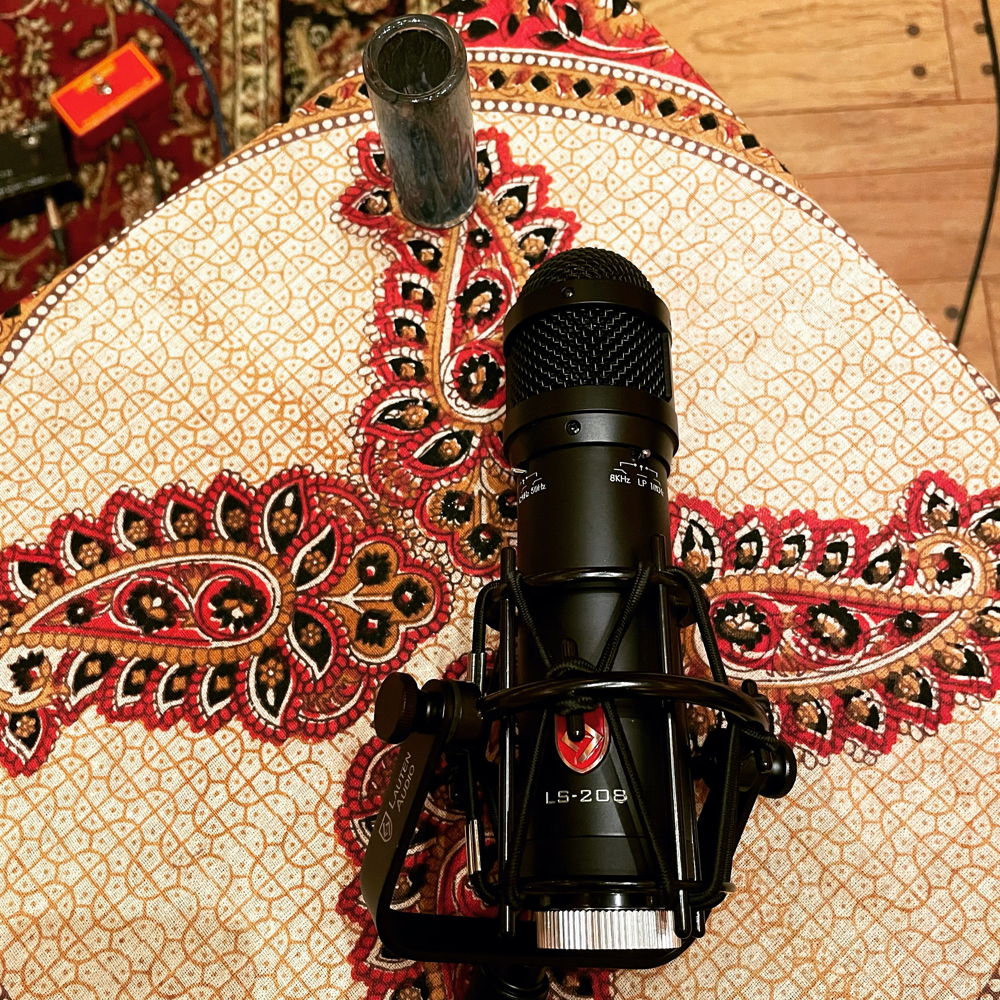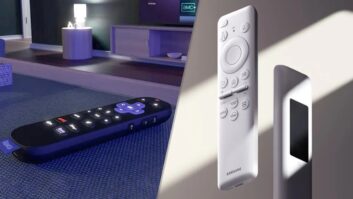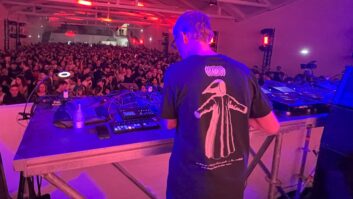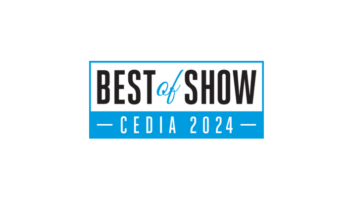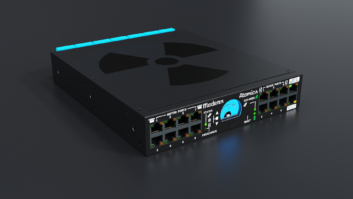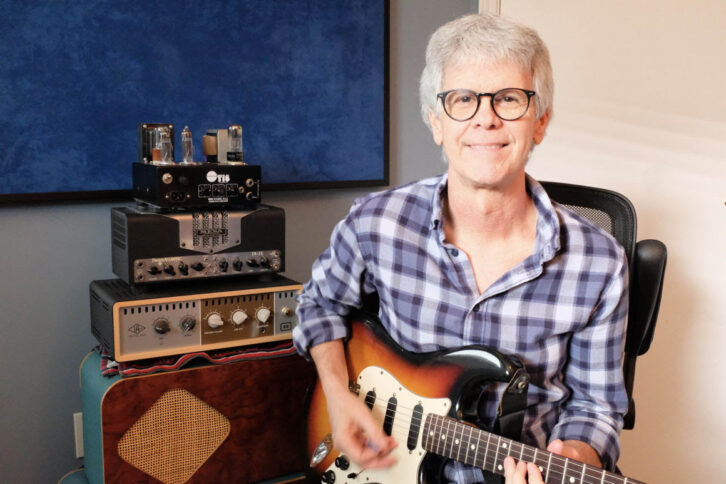
San Jose, California, June 20, 2023 — When Gov’t Mule set themselves the ambitious goal of recording two albums simultaneously, each requiring very different production approaches, there was only one microphone common to the two separate setups — a Lauten Audio LS-208 large-diaphragm condenser, for singer and guitarist Warren Haynes. The two projects, Peace…Like a River, a traditionally produced studio record, and Heavy Load Blues, a soul and hard rock-tinged blues album tracked live off the floor, were recorded at Power Station New England (PSNE) in Connecticut with Grammy-winning producer/engineer/composer John Paterno at the helm as co-producer, engineer and mixer. During a 25-year career Paterno has built a diverse credits list that also includes Robbie Williams, The Steve Gadd Band, Michael Landau, Robben Ford, Tim McGraw, Bonnie Raitt and many others.
Paterno jumped at the chance to tackle a project that harkened back to 1970s recording methods — tape, a vintage Neve 8068 console, and a four-piece band laying down tracks over an extended period in the studio. “We cut 37 songs in two months. I was working 15 hours a day, six days a week. I probably haven’t worked that hard since the ‘90s,” he said. “There was no click. They wanted to go to tape. And we did a whole record without them wearing headphones. Who does that anymore? It was a really good experience.”
Peace…Like a River, released June 16, 2023, was recorded in the traditional way, with the instruments close-miked and everything isolated. Conversely, Heavy Load Blues, released November 2021, was recorded live with another set of instruments set up in a different area of the studio.
“I had a situation where the singer wanted to sing live with the band, so I needed a mic that’s got really good rejection,” he explained, “I also wanted a good, high-quality microphone, because a lot of the mics that have good rejection don’t necessarily give you the most hi-fi sound.”
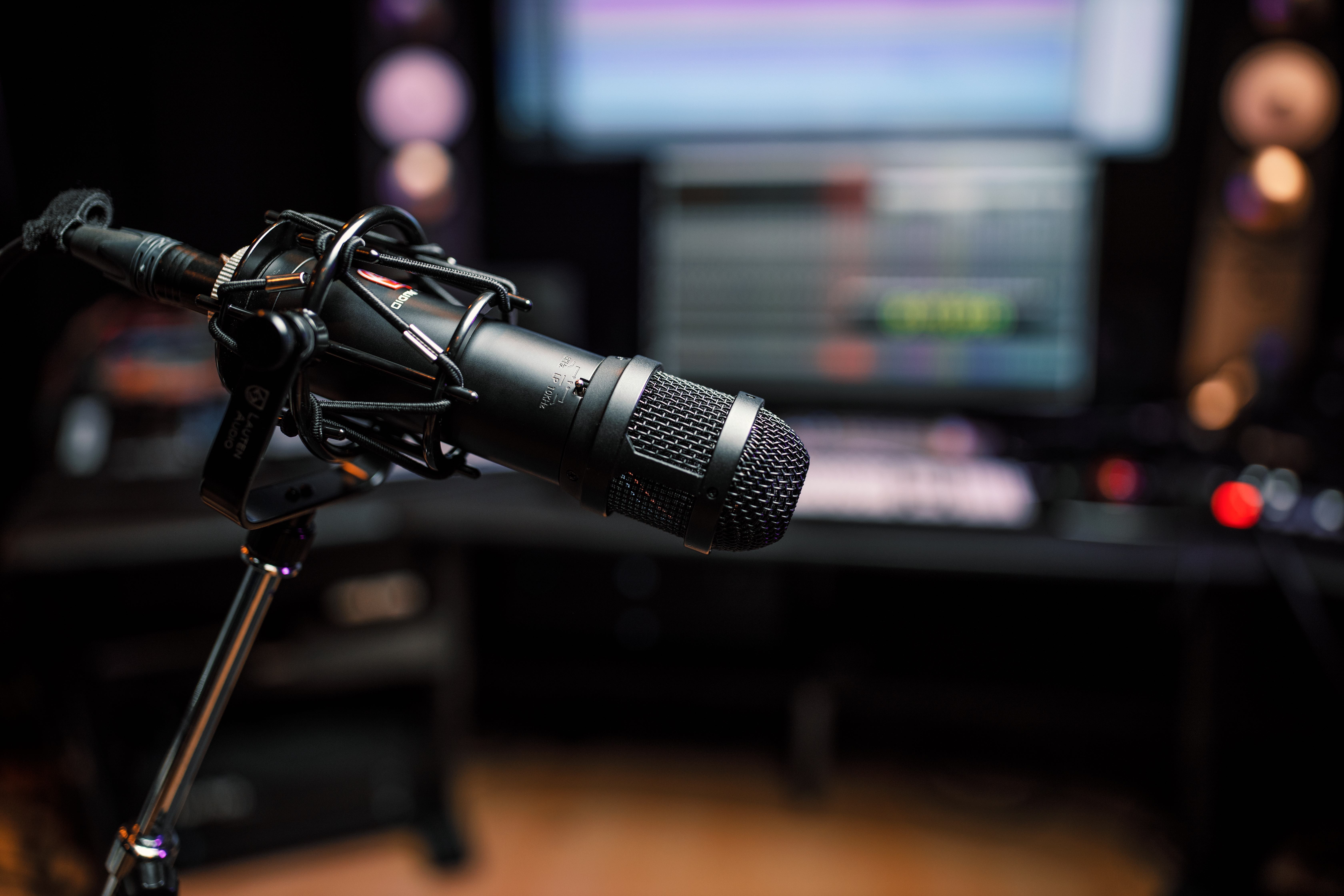
Paterno had previously spoken with Lauten Audio Founder Brian Loudenslager about the LS-208, which because of its capsule placement and innovative dual bias circuit design rejects off-axis sounds. This makes it an effective replacement for more traditional front-address cardioid microphones in situations where isolating the source is critical. “I hadn’t used it before, but I thought, ‘That’s going to work for the blues record.’ I knew it would do what it was intended to do, because Lauten wouldn’t put out something they didn’t feel good about,” he says. “And I was really blown away by the tonal quality — the presence and the size of the microphone.”
For the blues album tracking sessions, all the musicians were set up at the back of PSNE’s Studio A, close together and without headphones. In addition to recording the LS-208 directly to the recorder, Paterno also ran Haynes’ vocal through a guitar amp at the same time. “That’s part of the vocal sound on the blues record. It still had this fundamental size and tone that I really liked from the LS-208, and the distortion and grit that came from the guitar amp track. Plus, the 208 happened to sound really good on Warren’s voice,” he reports.
To switch over from recording the blues project to the studio album, Paterno and two assistants would close off the back area of the studio using sliding dividers that create iso booths. These dividers were used to separate and isolate Haynes’ stacks of amplifiers and Danny Louis’ keyboard and guitar gear. To reconfigure the room, the process took about 20 or 30 minutes, he says. “When they were working up a song for the main record, we still needed a microphone with great isolation for Warren to sing into, since he was standing in front of the drummer for those basic tracks. I would just move the LS-208 from the area where we had it for the blues record,” he says.
Without anyone really noticing, the Lauten LS-208 became Haynes’ vocal mic for the studio album as well as the blues record. As the band was tracking, Paterno recalls, Haynes would suggest a few vocal fixes or ask to do an overdub or even a couple of complete passes. “We were using the same vocal chain — a Chandler Ltd. Little Devil preamp into one of the studio’s vintage LA-3A compressors — and it sounded really good on his voice. So, we kept with it,” he says.
Both albums were initially cut to tape on a Studer 24-track tape machine then transferred into Pro Tools. “They wanted the sound of tape. It’s something that the band had done in the past, and wanted to continue doing,” Paterno reveals. “We ran it at 15 inches per second for the sound. Also, at that speed we could get about 32 minutes per reel, because Mule don’t play two-minute songs!” He mixed the 18 songs for Heavy Load Blues at PSNE, monitoring through his personal set of Amphion Two18 speakers. “The rest of it I mixed about a year later, in March of 2022, at my place. I did a set of Atmos mixes as well, just a few months ago” he says.
In retrospect, while the project involved long hours and some technical challenges, it was a satisfying experience, Paterno says. “It was a lot of work and there were a lot of things to keep track of. But looking back on it, it was very, very worthwhile to do.”
About Lauten Audio
Lauten Audio is a family-owned maker of original, inspiring microphones. Currently available products include the flagship “Eden” tube microphone, the award-winning “Atlantis” FET condenser microphone, the groundbreaking “Synergy Series” of noise-rejecting condenser microphones, and the new Series Black family of condenser microphones. Lauten Audio and its diverse family of users can be found in studios, on stages, and in homes worldwide.
For more information, visit http://www.lautenaudio.com or call 1-877-721-7018.
